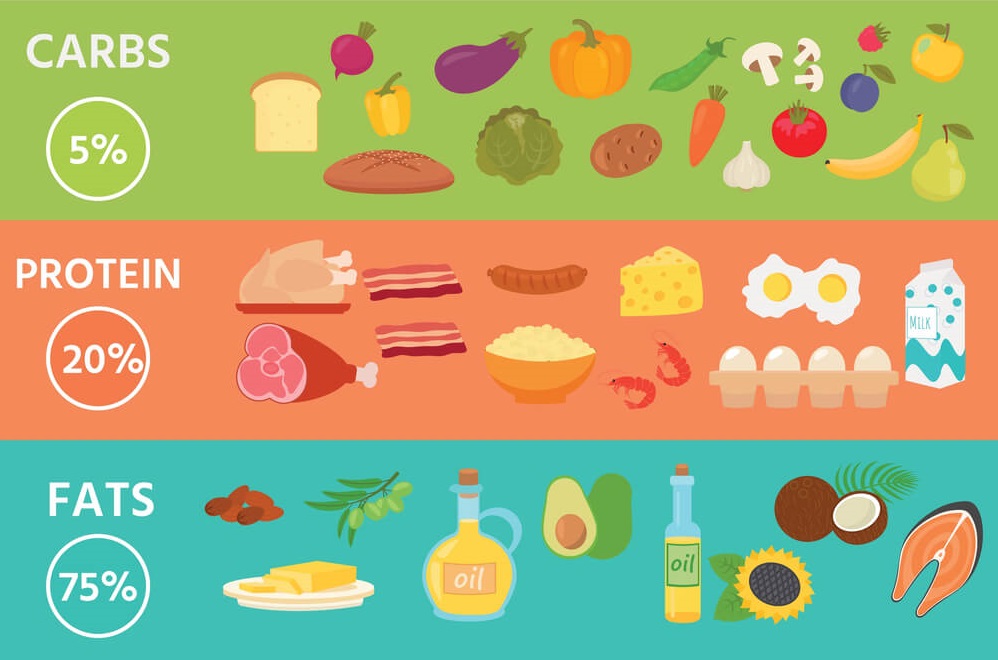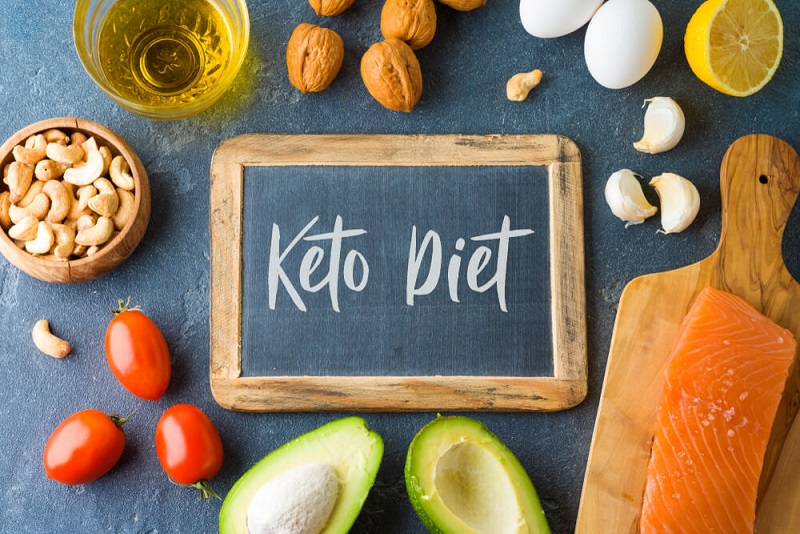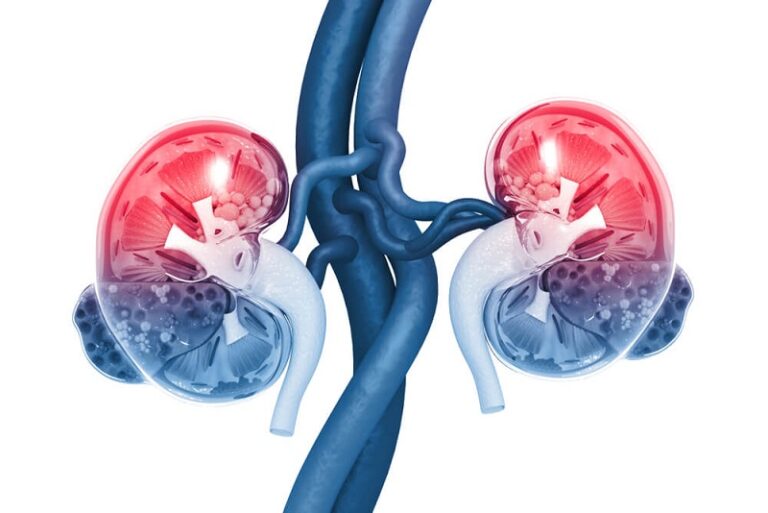Effect of the Keto Diet on Weight Loss
The keto diet was initially utilized to treat epilepsy by Russell Wilder in 1921. Additionally, he created the term “ketogenic diet.” The ketogenic diet experienced widespread usage as a therapeutic diet for treating childhood epilepsy for almost ten years, until the development of antiepileptic drugs put an end to its appeal. The ketogenic diet is making a comeback as a quick weight-loss strategy, and this relatively new idea has proven to be highly successful—at least in the short term.
Despite ongoing medical advancements, obesity still poses a serious threat to global health, with adult mortality reaching 2.8 million annually. Obesity, which is typically a result of an unhealthy lifestyle and bad dietary habits, is closely associated to the majority of chronic diseases like diabetes, hypertension, and heart disease. Diet plans for weight loss that are properly adapted can help control the obesity pandemic to some extent. A keto diet that is extremely low in carbohydrates and high in fat has been shown to be one diet plan that works well for quick weight loss.
Recent Harvard simulations predict that 50% of today’s youth will be fat by the age of 35 (1). Numerous studies that compare the health effects of various diets have been conducted as researchers try to find the best ways to battle the obesity pandemic. In obese patients, diazoxide or octreotide inhibiting insulin secretion was observed to lower body weight and fat mass while maintaining lean mass in a recent meta-analysis of seven random-controlled studies (2).
Increasing blood glucose levels came at a cost from artificially lowering insulin levels. It appears more sensible to assist patients in achieving lower insulin levels by modifications to their diets, even though these findings appear promise as an indicator of biomarkers that can induce weight reduction.
The main components of a keto diet are high fats, moderate proteins, and very little carbohydrate. The proportions of fat, protein, and carbs in the diet range from 55% to 60%, 30% to 35%, and 5% to 10%, respectively. More specifically, 20 to 50 g of carbs can be found in a 2000 kcal per day diet. (3)
The majority of the energy used by bodily tissues is produced by carbs. The body enters a catabolic condition and insulin secretion is dramatically lowered when the body is depleted of carbs by eating fewer than 50g per day. As the body’s glycogen reserves are depleted, various metabolic adjustments are compelled. Low carbohydrate availability in human tissues triggers the metabolic processes gluconeogenesis and ketogenesis. (4)(5)
keto diet advantages and disadvantages
Keto Diet Side Effects
The most frequent and generally minor short-term adverse effects of the keto diet are a slew of symptoms that are frequently referred to as the “keto flu”: nausea, vomiting, headaches, lethargy, dizziness, and sleeplessness. Within a few days to a few weeks, these symptoms go away. Making sure you have enough fluids and electrolytes can help reduce some of these symptoms. Fatty liver disease, low levels of protein in the blood, kidney stones, and vitamin and mineral shortages are some of the long-term negative effects. (6)(7)
When starting this diet, people with diabetes who are receiving insulin or oral hypoglycemic (where the level of glucose in your blood drops too low) medicines risk developing severe hypoglycemia if their medications are not properly adjusted.
Patients with inflammation of the pancreas, liver disease, problems with fat metabolism, primary carnitine deficiency, carnitine palmitoyltransferase deficiency (prevents the body from using certain fats for energy), should not follow the keto diet. Rarely can a ketogenic diet cause a false positive breath test for alcohol. Hepatic alcohol dehydrogenase can occasionally convert acetone in the body to isopropanol as a result of ketonemia, which can result in a false positive alcohol breath test result.
Benefits Of Keto Diet
- Weight loss: The keto diet’s main advantage is its capacity for quick weight loss. Both a large decrease in body fat and an increase or retention of muscle mass result from restricting carbohydrates to the point where ketosis is reached. According to studies, low-carb, ketogenic diets can provide sustained, significant weight loss. According to an Australian study, obese adults can lose an average of 15 kg over the course of a year. This was 3 kg greater than what was attained with the low-fat diet employed in the trial. (8)
- Blood glucose control: The keto diet’s capacity to reduce and stabilize blood sugar levels is the second primary factor motivating patients with diabetes to adopt it. The macronutrient that most significantly raises blood sugar levels is carbohydrate. Due to their extreme carbohydrate restriction, ketogenic diets prevent significant spikes in blood sugar.
- Insulin sensitivity: Since a keto diet addresses the underlying cause of insulin resistance, which is an excess of insulin in the body, it has been demonstrated to assist in restoring insulin sensitivity. As low carbohydrate levels result in lower levels of insulin, this diet aids in promoting sustained low insulin levels. A diet high in carbohydrates is comparable to adding fuel to the fire of insulin resistance. High carbohydrate diets increase the need for insulin, which exacerbates insulin resistance. By comparison, a ketogenic diet, brings insulin levels down, as fat is the macronutrient that requires the least insulin. Because high insulin levels prevent the breakdown of fat, lowering insulin levels also aids in fat burning. The body can break down fat cells when insulin levels fall over several hours.
- High blood pressure control: High blood pressure is linked to a number of medical disorders, including heart disease, stroke, and renal disease. It is a characteristic of metabolic syndrome as well. Numerous studies have demonstrated that a type 2 diabetic or overweight person’s blood pressure can be lowered by a ketogenic diet. (9)
- Cholesterol levels: Overall, cholesterol levels often go down when following a ketogenic diet. LDL cholesterol levels often decrease while HDL cholesterol levels rise, which is beneficial. The ratio of total cholesterol to HDL is one of the most reliable indicators of healthy cholesterol. By dividing your total cholesterol result by your HDL value, you can quickly determine this. If the result is 3.5 or less, your cholesterol is considered to be healthy. Studies have shown that the ketogenic diet is typically successful in enhancing this criterion of cholesterol health. (10)
- Stronger mental performance: Mental clarity, an increased ability to focus and a better memory are other commonly reported benefits of eating a ketogenic diet. Increasing intake of healthy fats with omega-3, such as those found in oily fish like salmon, tuna and mackerel, can improve mood and learning ability. This is because omega-3 increases a fatty acid called DHA that makes up between 15 to 30 per cent of our brain. (11)
- Feeling Full: The appetite is positively impacted by ketogenic diets. The body gets acclimated to deriving its energy from burning body fat as it adjusts to being in a state of ketosis, which can lessen appetite and cravings.
how to speed up weight loss in ketosis
5 easy keto diet plan for weight loss tips to speed up your process:
- Significantly reducing the carbohydrate intake
- Exercise more often
- Short periods of fasting
- Consume more healthy fats
- Consume enough protein

how many calories on keto diet female
The majority of ketogenic diets don’t specify calorie requirements, but they may make recommendations. For instance, the Atkins 20 Diet, one of the most popular ketogenic diets, advises that males should strive for 1,800 calories per day and women should aim for 1,500 to 1,800.
The majority of people will naturally keep within this calorie range while following a ketogenic diet, which is a positive. Although it’s simple to overeat on empty carbs like crackers and cookies, a keto diet forbids these meals. Large servings of keto-friendly foods that are higher in fat, protein, and fibre are more challenging to consume.
How long does it take to see weight loss on a low-carb diet?
The preferred energy source for your body, glucose, is reduced when you limit your intake of carbohydrates. Your body uses its fat reserves as fuel when its blood glucose levels are low. In this approach, cutting out refined carbs, such as baked goods, pasta, bread, and soda, as well as starchy vegetables like potatoes, causes weight loss for the majority of people within two weeks – especially if carbs were previously your go-to foods. Additionally, you lose weight without feeling hungry because the majority of the carbohydrates in your diet have been replaced by nourishing proteins and fats. The immediate effects you saw may encourage you to stick with your low-carb diet.
Don’t weigh yourself too frequently. When you strength train while following a low-carb diet, you’ll lose fat while gaining muscle, which may make it appear as though you’re not seeing improvements on the scale. A fuller picture of the results of your efforts might be obtained by measuring yourself with a tape measure or getting your body fat percentage checked once a month.
Conclusion
The body occasionally enters a condition of ketosis on its own. It entails the body using its fat stores as fuel rather than glucose. For many people, there is little risk in maintaining ketosis for brief periods of time. Dietary adjustments like intermittent fasting may be helpful. Ketosis should be avoided by those with specific medical disorders, such as type 1 diabetes. These diets may cause fatigue and nutritional inadequacies in those who adhere to them.






